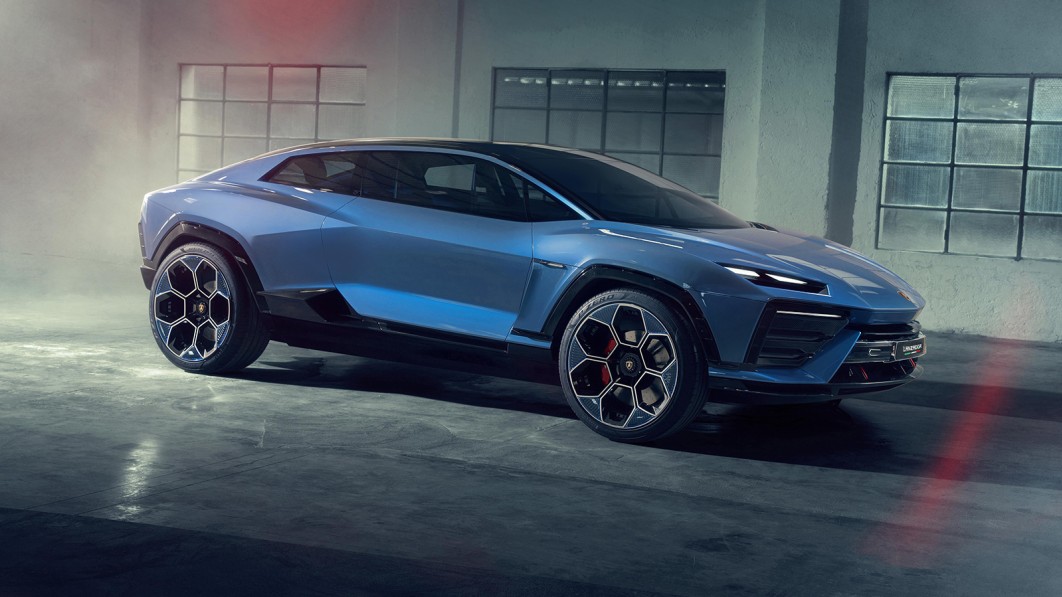Unveiled earlier in 2023, the Lamborghini Lanzador concept previews the Italian brand’s first series-produced electric car. It features a 2+2 interior, which isn’t new for Lamborghini (the company built 2+2 GTs for decades), but it’s characterized by a rather unconventional design pegged at the intersection of crossovers, coupes, and station wagons. Here’s why designers and engineers chose to straddle segments.
“We were scouting opportunities in our portfolio [when we started the project], and there are two segments that we are not covering. One is the sedan segment, and the other is the 2+2 segment,” Federico Foschini, Lamborghini’s chief marketing and sales officer, told me.
His team quickly ruled out taking Lamborghini into the sedan segment for the first time, as the body style had at least two strikes against it.
“One, it was already clear when we decided to do the Urus instead of the Estoque that the sedan segment is declining, while the SUV segment is picking up. The second point is that, when it comes to sedans, it’s a very regional discussion. In China, which is one of the main sedan markets, you need a long-wheelbase car — a chauffeur-driven car. This is not Lamborghini. This can’t be Lamborghini,” he said.
Meanwhile, the 2+2 body style is more closely aligned with the firm’s image in terms of design, performance, and heritage. And yet, the Lanzador eschews the usual GT proportions defined by a low ride height and a long hood. Mitja Borkert’s design team did that on purpose.
“It is the volume of a super-sports car in a higher position. It’s as simple as that,” Borkert, Lamborghini’s head of design, told me.
Instead of looking toward the past, or taking a peek at what rivals are doing, he drew inspiration from the firm’s current range of models. “We were working on the Huracán Sterrato, where you have this higher seating position. There’s the exterior cladding, and it looks quite rugged. I said that a cleaner version of the Sterrato could work perfectly for the 2+2. It’s a spaceship with a higher position,” he summed up.
As for the proportions, Borkert cited the electric drivetrain as one reason to think beyond the classic definition of a 2+2 gran turismo.
“The tradition of having a long hood is giving you the impression that there’s a huge engine, and that is not the case when you have an electric car. An electric car is different, and we don’t want to follow what others are doing. It would have been a follower of what some of our competitors have been doing for years. We tried stuff like this, but we decided it’s not authentic,” Borkert noted.
Speaking of the drivetrain, it’s too early to tell precisely what the Lanzador will be powered by. All we know is that it will be fully electric, so a V12-powered variant of it isn’t in the pipeline. For context, the concept used a pair of electric motors for through-the-road all-wheel-drive, and it put 1,300 horsepower under the driver’s right foot. The production model isn’t due out until 2028, so Lamborghini has time to fine-tune it.
